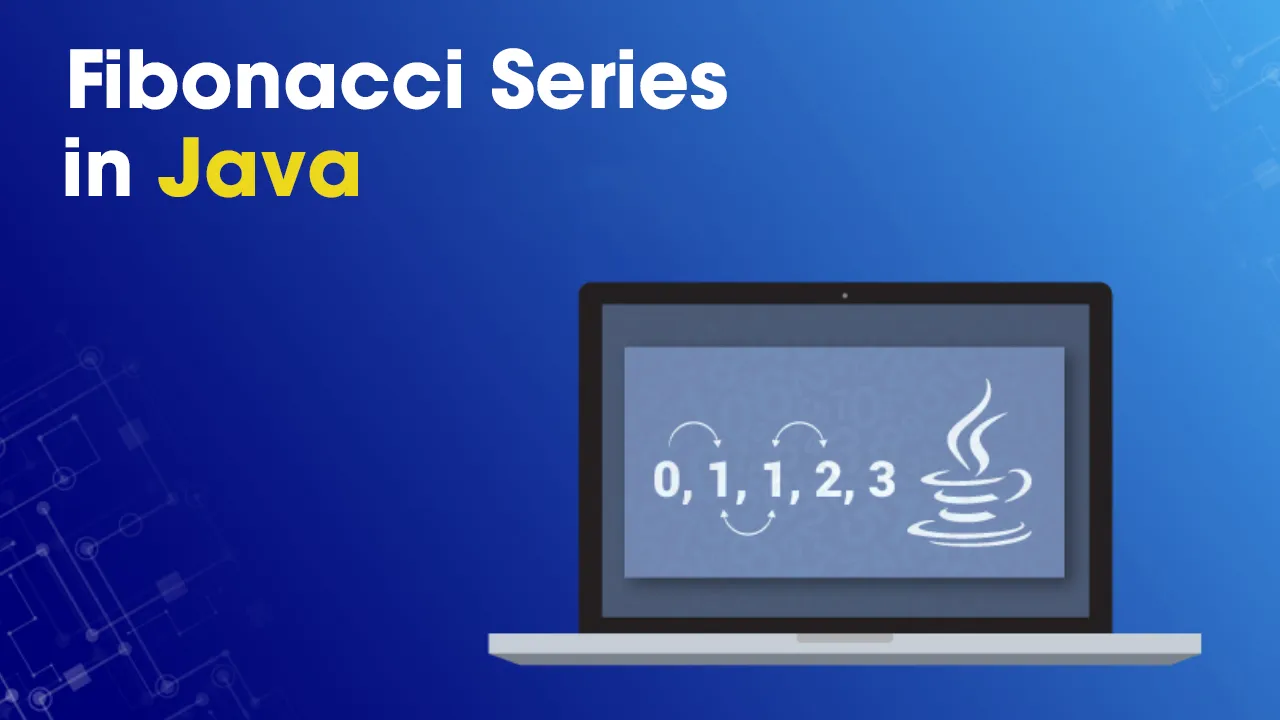The Fibonacci sequence gets its name from Italian mathematician, Leonardo Fibonacci. He introduced this series in Western Europe with his book Liber Abaci back in 1202. The Indian mathematics scene had seen the Fibonacci magic way back in 200 BCE, as evidenced by the works of Pingala. This representation of numbers also occupies a special place in the spheres of coding and computing. By the end of this explainer, you will have learned about writing a Fibonacci series in Java.
The integer sequence starts with 0 and 1, and each number after that is the sum of the two numbers that precede it, for example, 0, 1, 1, 2, 3, 5, and so on. There are two main ways of generating it in JavaScript, namely (i) using iteration, i.e., without using recursion, and (ii) using recursion. While the iterative approach takes linear time to finish the task, you exponentially get the solution with the recursive technique. Now, let us delve into the details of these methods one by one.
#full stack development #fibonacci in java #fibonacci series #java
